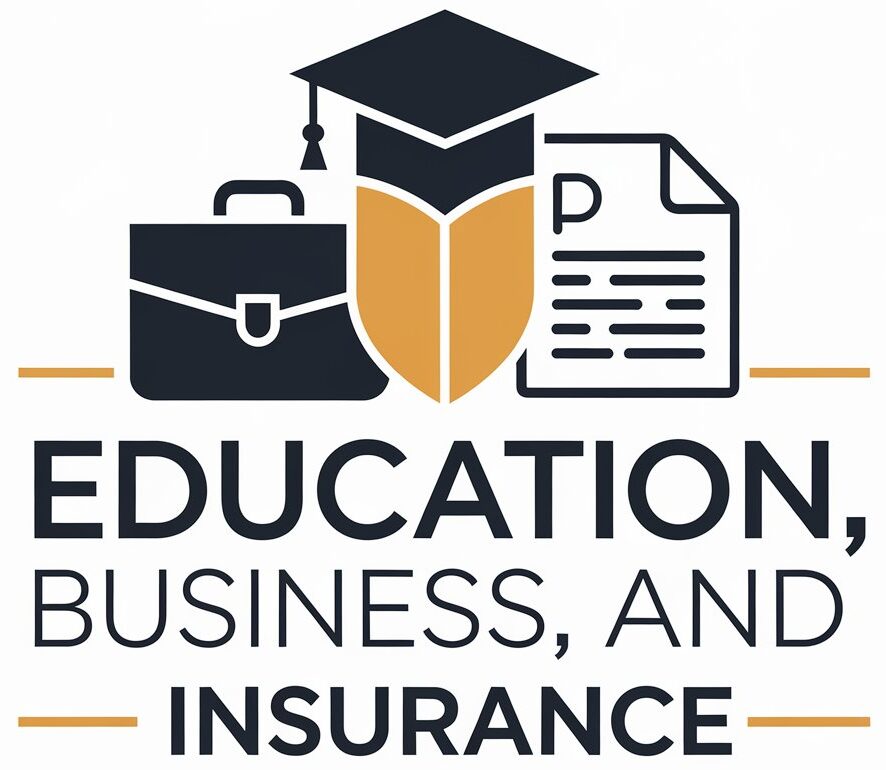# Education Resources for Underprivileged Students: Empowering Learning
Education is a powerful tool for personal growth and social mobility, but not all students have equal access to quality learning resources. Underprivileged students often face significant challenges in their educational journeys, including limited access to books, technology, and supportive learning environments. Addressing these disparities is crucial to ensuring that every student has the opportunity to reach their full potential. This article explores various initiatives and resources aimed at supporting underprivileged students in their pursuit of knowledge.
## Empowering Through Access to Books
One of the most fundamental resources for learning is access to books. Underprivileged students often have fewer opportunities to build personal libraries or even borrow books from school libraries due to limited availability or accessibility issues. Recognizing this gap, several organizations have stepped up to bridge the book access gap.
The non-profit organization, ‘First Book,’ has been making a significant impact in this area. Their mission is to provide new books to children in need, ensuring that all children can discover the joy and value of reading. First Book works with a network of educators and community leaders to distribute books to schools and programs serving low-income families. Through partnerships with publishers, they are able to offer these books at significantly reduced prices or even for free.
Imagine a classroom where every student has their own copy of a captivating novel or an informative textbook. First Book makes this possible, enabling students to develop a love for reading and access the knowledge they need to succeed in school and beyond. This simple yet powerful initiative has already provided millions of books to children across the United States and Canada.
## Digital Learning Initiatives
In today’s digital age, technology plays a pivotal role in education. However, the digital divide between low-income and high-income households can hinder underprivileged students from accessing online learning resources. To address this disparity, various organizations and government initiatives are working to provide digital learning opportunities.
One such initiative is the ‘EveryoneOn’ program, which aims to provide affordable Internet access and computer training to low-income families. By partnering with Internet service providers, technology companies, and community organizations, EveryoneOn helps connect families to digital resources. This includes access to low-cost refurbished computers and free digital literacy training, ensuring that students can develop essential digital skills.
Additionally, online learning platforms like Khan Academy and Coursera offer free educational resources, including video tutorials and interactive exercises, covering a wide range of subjects. These platforms provide students with access to high-quality learning materials, allowing them to learn at their own pace and fill in knowledge gaps outside the classroom.
## Community-Based Learning Support
Creating supportive learning environments outside of the traditional classroom is essential for underprivileged students. Community-based organizations are playing a vital role in providing mentorship, tutoring, and safe spaces for learning and growth.
After-school programs, such as those offered by Boys & Girls Clubs of America, provide a range of activities and resources to support students’ academic and social development. These programs often include homework help, mentoring, and access to computers and learning software. By offering a safe and supportive environment, students can develop their skills, build confidence, and receive the additional support they may not have access to at home.
Volunteer-based tutoring programs are also making a significant impact. Organizations like ‘Reading Partners’ recruit and train community volunteers to provide one-on-one literacy tutoring to students in under-resourced schools. This individualized support helps struggling readers improve their skills and build confidence, setting them on a path toward academic success.
## Creative Funding Solutions
Funding is a critical component of providing educational resources to underprivileged students. Creative solutions are being implemented to ensure that financial constraints do not limit access to learning opportunities.
One innovative approach is crowdfunding. Platforms like DonorsChoose allow teachers to post projects and request funding for specific classroom resources or field trips. Donors from around the world can contribute to these projects, helping to bring new learning experiences to students in need. This direct connection between donors and educators has proven to be an effective way to support underprivileged schools and classrooms.
Another solution is corporate partnerships. Many companies are committed to corporate social responsibility and invest in educational programs as part of their community outreach efforts. These partnerships can provide funding for educational resources, technology, and even mentorship programs, making a significant impact on underprivileged students’ learning experiences.
## Empowering Teachers and Educators
Supporting teachers and educators is essential for improving the overall learning experience for underprivileged students. Professional development programs and resources can enhance teachers’ skills and knowledge, enabling them to create more engaging and effective learning environments.
The National Education Association (NEA) offers a range of professional development resources, including online courses, workshops, and conferences. These opportunities allow educators to stay up-to-date with the latest teaching methodologies and research, ensuring they are equipped to meet the diverse needs of their students.
Additionally, teacher mentorship programs connect experienced educators with those new to the profession, fostering a culture of collaboration and continuous learning. By sharing best practices and providing guidance, these programs help teachers become more effective in their roles, ultimately benefiting the students they serve.
## Conclusion
Providing underprivileged students with the necessary learning resources is an investment in their future and the future of society as a whole. From increasing access to books and technology to creating supportive learning environments and offering professional development for teachers, these initiatives are making a tangible difference.
The power of education to transform lives is undeniable. By continuing to innovate and collaborate, we can ensure that every student, regardless of their background, has the tools and support they need to thrive in their educational journey and beyond. Together, we can bridge the educational gap and empower the next generation of learners.

